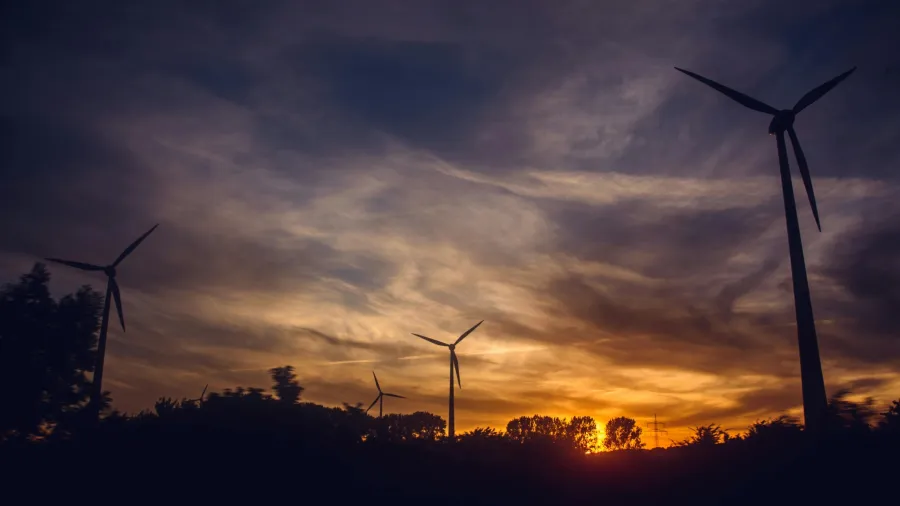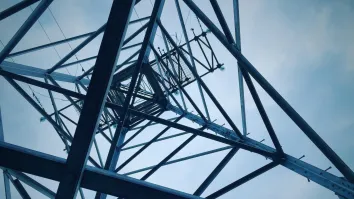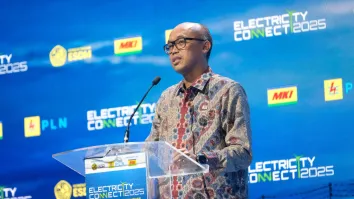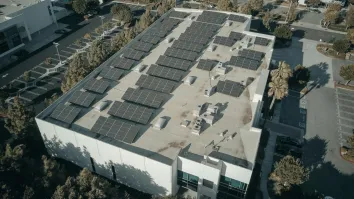
Slow progress reported on national renewable targets
Only 7 countries outside EU have updated RE targets since COP28 tripling pledge.
Two years after various countries committed to triple the global renewable energy, not much has changed, with only a few updating their national goals.
According to Ember’s “What’s new with national renewable targets? Not much!” 22 countries have updated their 2030 national renewable targets. However, only seven countries outside of the EU, which are also amongst the top electricity markets, have made the updates. These are Australia, Brazil, Indonesia, Mexico, South Korea, the UK and Vietnam.
“The seven non-EU countries that updated targets did so through routine national energy planning cycles. Of the seven, five increased 2030 ambition, whilst two lowered it,” Ember said.
None of the updates were tied to revised Nationally Determined Contributions, possibly reflecting that COP agreements had limited impact in driving stronger national targets.
Since COP28 in 2023, the aggregate 2030 renewables capacity targets have inched up 2% to 7,380 gigawatts (GW), or a 2.2-fold increase from 2022. This means national ambition remains aligned with a doubling, rather than a tripling of renewable capacity, Ember said.
“The gap to reaching the tripling goal remains nearly unchanged at about 3,700 GW, similar to what it was when the pledge was made at COP28,” it noted.
“Without near-term action to raise national ambition, the world risks missing a critical opportunity to keep the 1.5°C pathway within reach,” it warned.
Ember said that the 2030 national renewable targets can be supported by integrating clean flexibility solutions. Setting clear targets will help countries attract necessary investments for a reliable and efficient transition.

















 Advertise
Advertise







